You can't say you've been to Tokyo without seeing bananas. These pretty little, individually wrapped, pale yellow boxes of bananas are decorated with images of the capital's most famous tourist attractions, and sometimes, images of the most recognizable Japanese cartoon characters.
Each year, hundreds of thousands of packages of Tokyo bananas, wrapped in yellow ribbons, are sold throughout the transportation hubs and tourist areas of the Japanese capital, and are considered the city's official snack.
But what does Tokyo Banana actually have to do with Tokyo, a city that doesn't grow bananas?

The Tokyo Banana kiosk at Tokyo Tower, one of the city's most popular attractions.
PHOTO: CNN
Unlike many other Japanese dishes, which are made from local ingredients from various regions and are associated with millennia-old production traditions (such as udon noodles, green tea, and yuzu candy), Tokyo Banana originated from capitalism, with all ingredients imported.
In the 20th century, as Tokyo grew into one of the world's largest cities and opened its doors to tourists from all over Japan, it lacked many unique traditions. There were no standout food or beverage products unique to Tokyo, nor did it possess centuries of carefully preserved history to commemorate them.
Compare this to Kyoto, the capital of Japan from the 8th to the 19th centuries: one restaurant has been making soba noodles from locally grown buckwheat since 1702. Japan is also home to the world's oldest hotel, a hot spring resort that opened its doors in 705.
Japanese snack manufacturer Grapestone noticed a gap there and decided to create a Tokyo-centric product to market as a local specialty.
"Tokyo is a melting pot of people from all over Japan, and it has become their home," a Grapestone representative told CNN.

Famous banana cake box
PHOTO: CNN
"We decided to create a Tokyo souvenir with a theme that all Japanese people find familiar and nostalgic. Bananas are the flavor of high-end or imported products for older generations. For younger generations, it's the flavor of fond memories of carrying bananas on their field trips," the representative added.
The result is banana-shaped treats, soft and fluffy on the outside, with a creamy banana filling inside.
Tokyo Banana is a perfect example of omiyage, a Japanese tradition where people who have just traveled often bring back gifts for friends, family, and colleagues – commonly food items.
Like many other Japanese customs, choosing and purchasing the perfect omiyage (traditional Japanese clothing) has its own nuances.
They are not simply souvenirs. Unlike in the West, where tourists can return home with a magnet or a T-shirt for a loved one, omiyage is almost always something to eat or drink and must be consumed immediately after the buyer gives it as a gift.
Following that logic, gifts are often food products that come only from a particular region, or are famous as specialties of that region – for example, salt from sunny Okinawa Island, traditional matcha from Kyoto, and apple pie from Aomori Prefecture in northern Japan.

The iconic banana bread slice
PHOTO: CNN
While omiyage may be a Japanese tradition, Tokyo Banana's biggest market is foreign tourists, not locals, a move the company says is intentional. Grapestone told CNN that it was invited to open a retail store at Haneda Airport in the 1990s, which prompted them to create Tokyo Banana in the first place.
With the Tokyo brand and the product name clearly written in English, Tokyo Banana quickly became associated with the city of the same name.
Jeff Lui, a Canadian living in Japan, believes that Tokyo Banana has been very cleverly marketed to international tourists. "You're almost compelled to buy this souvenir for your friends back home. It's like saying: 'Hey, I was thinking of you while I was there, and this is something I know you'll enjoy.'"
Source: https://thanhnien.vn/khong-trong-cay-nao-nhung-vi-sao-chuoi-la-dac-san-bieu-tuong-cua-tokyo-185250811145436483.htm










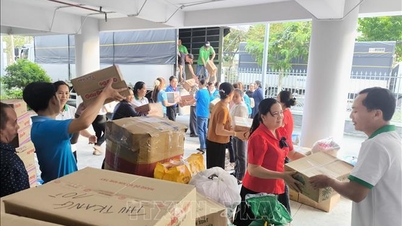









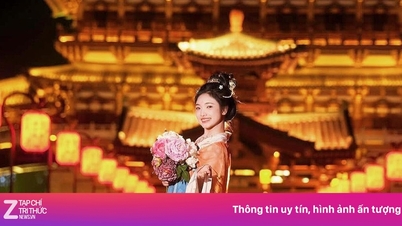

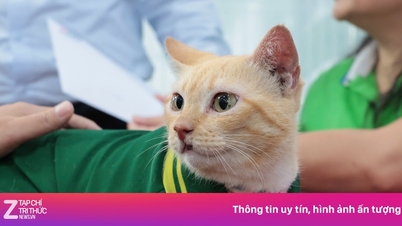
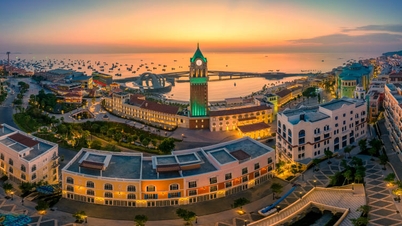
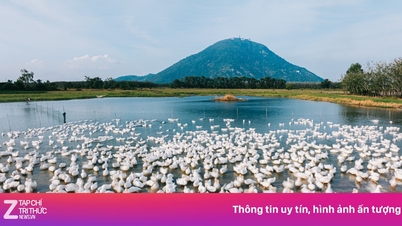
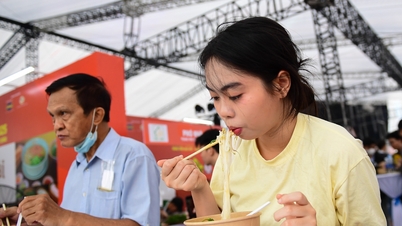

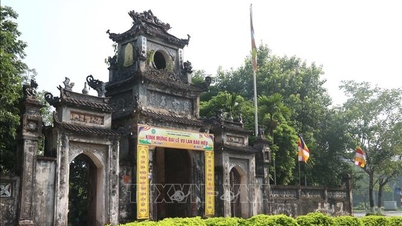







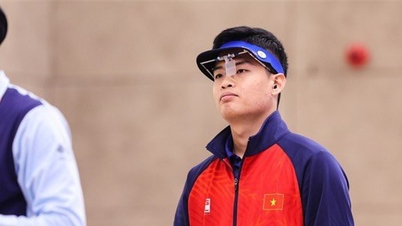








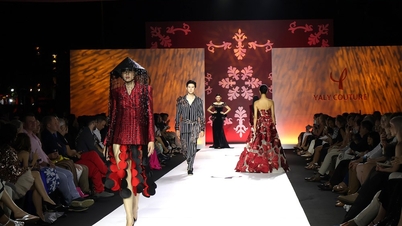





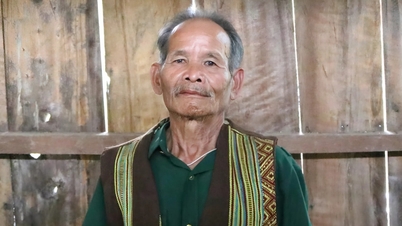






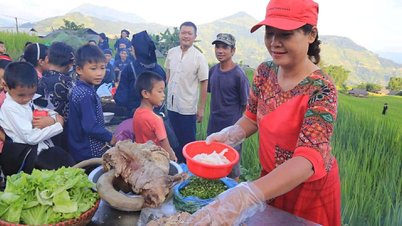
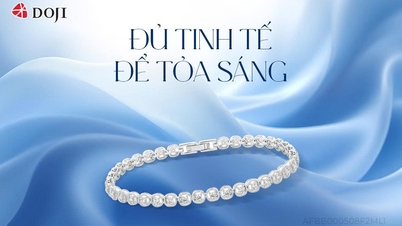

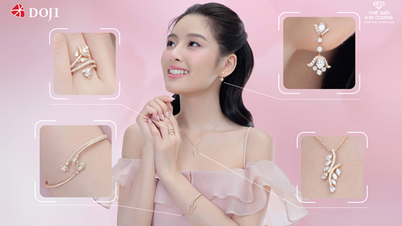

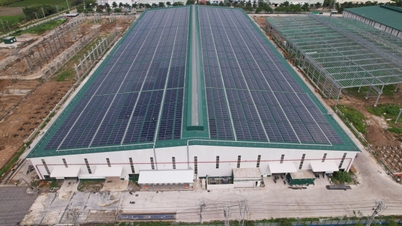
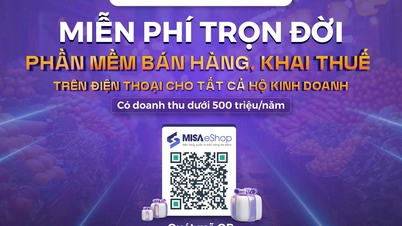









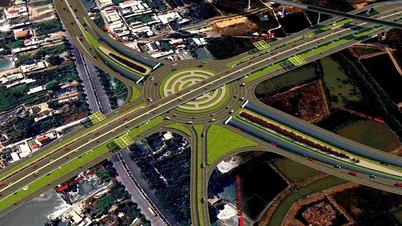



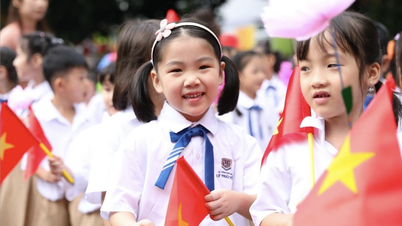



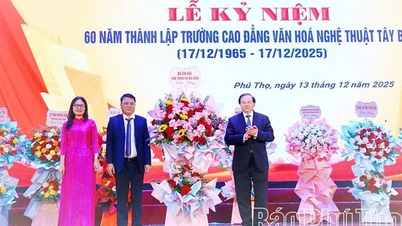



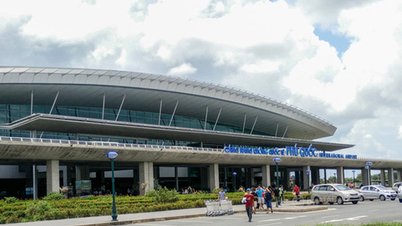
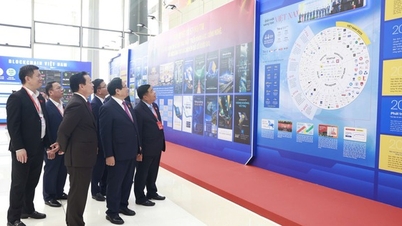
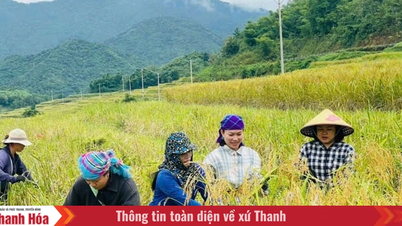

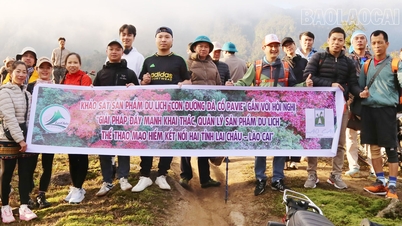

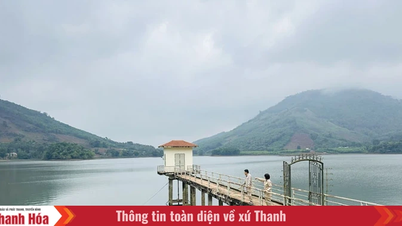
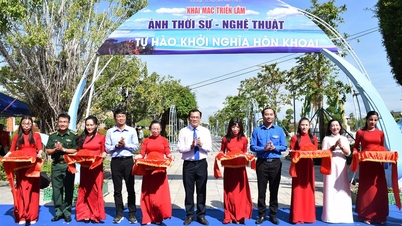












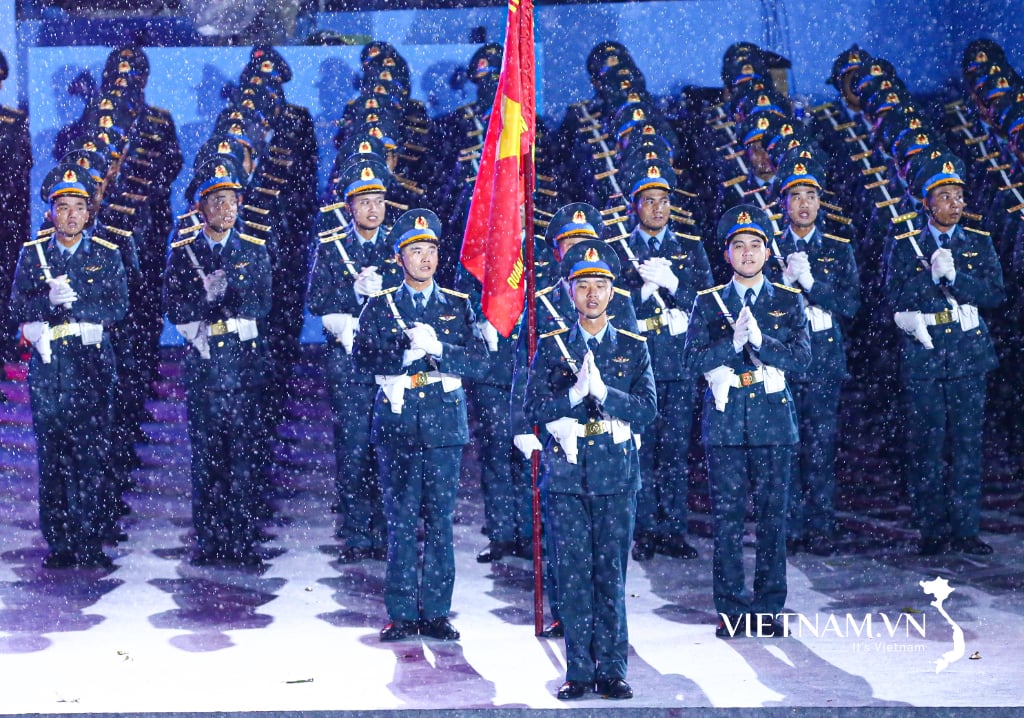
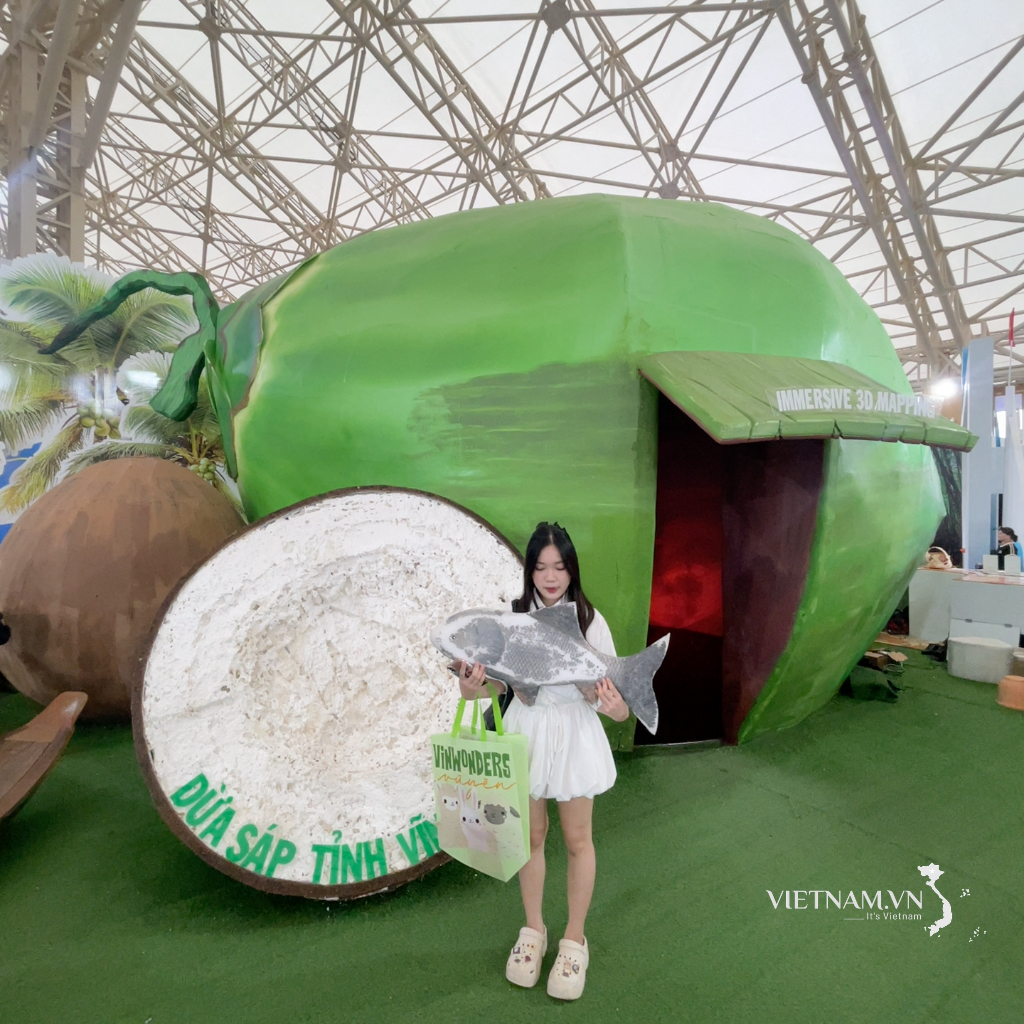
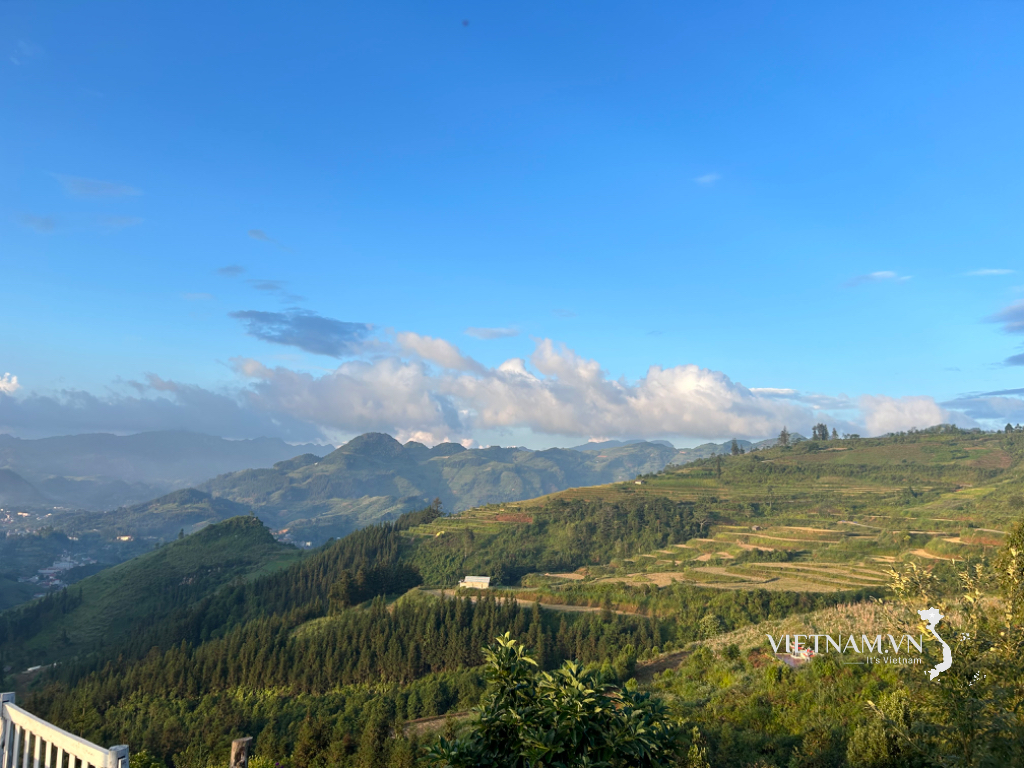
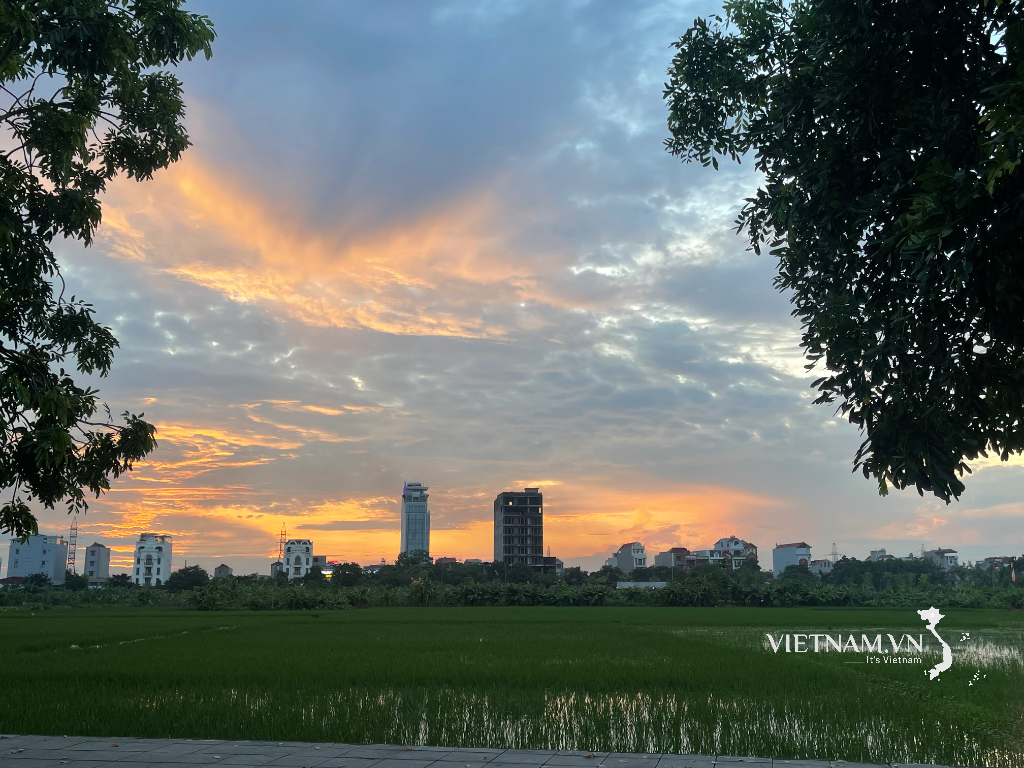
Comment (0)